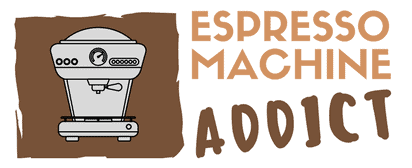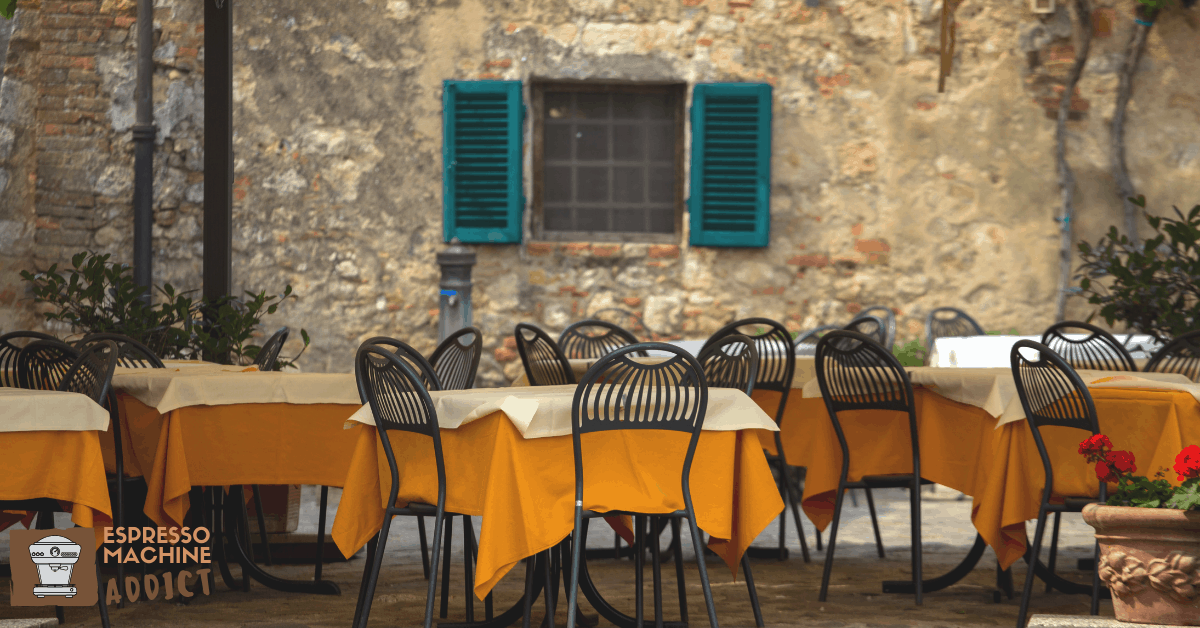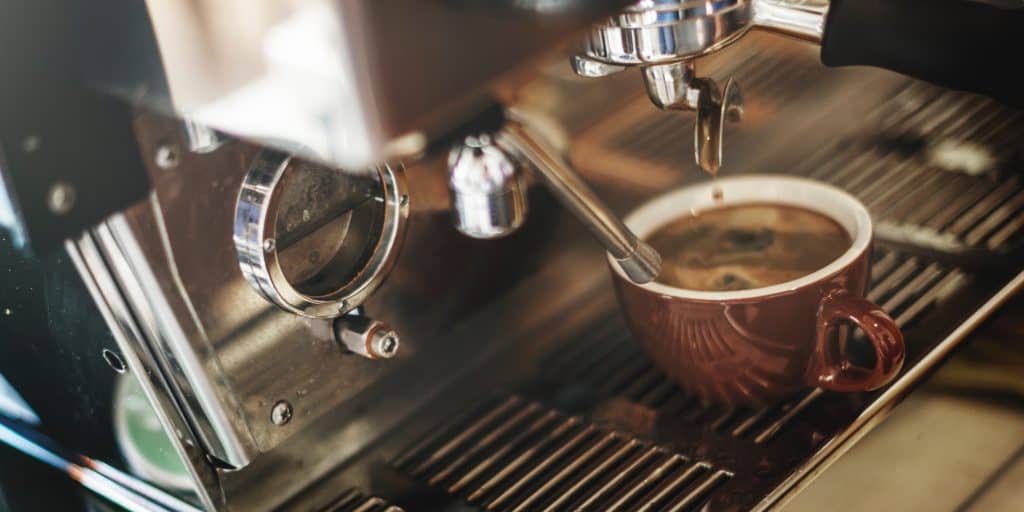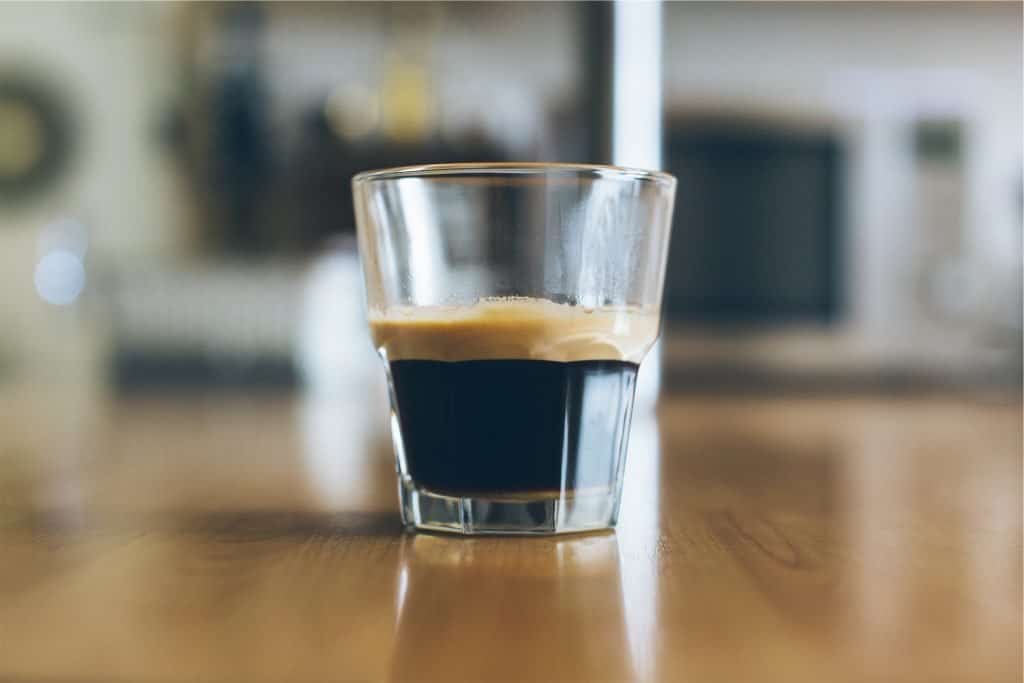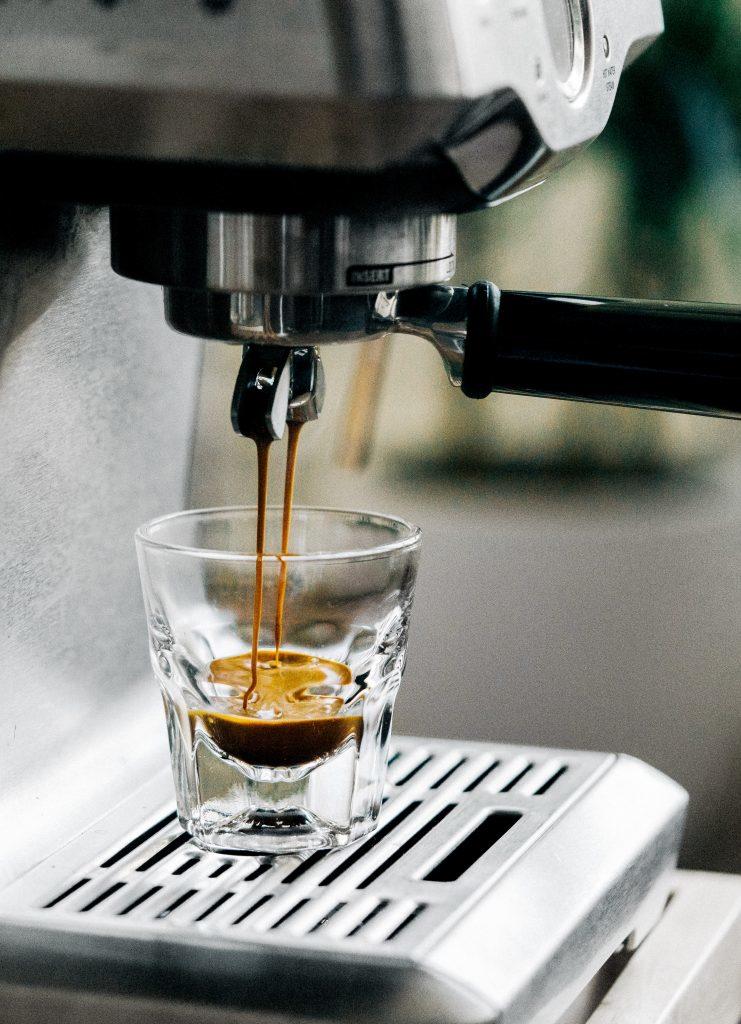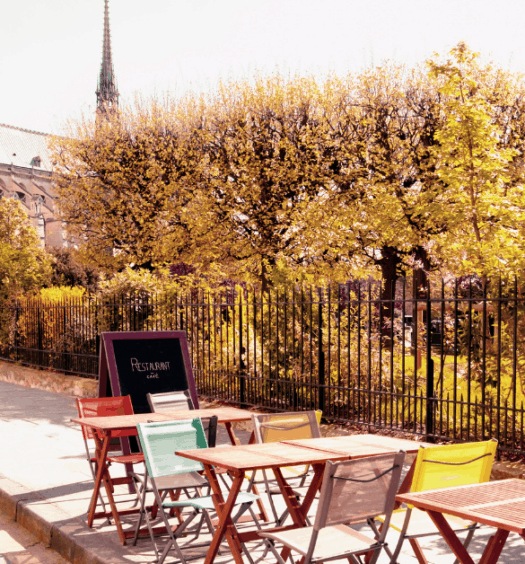To say coffee has a long history in Italy is a vast understatement. In the 16th century, coffee bean imports were making their way through Venice. While striving toward a unified nation, men discussed plans while resting their hats in Turin’s coffee shops. Luigi Bezzera created espresso there in 1901. And that’s only the tip of the iceberg.
Over the centuries, Italy developed a unique coffee culture that diverts dramatically from many other nations whose idea of a quality coffee drink is limited to Starbucks. If you are wondering what it involves, here’s a look at Italian coffee culture.
Espresso in Italy (and Other Coffee Drinks)
Often considered the best coffee in Italy, a traditional espresso is often the best way to begin exploring coffee culture in Italy. It lets you experience the coffee flavor without any additions, which is worth doing even if you typically prefer some extras.
While Italy is the home of espresso, there are actually many types of coffee in Italy that locals and travellers get to enjoy. Cappuccinos are often considered a go-to in the early morning, with some Italians treating the addition of the milk as a breakfast substitute.
You can also get many other traditional coffee drinks. Here is an overview of what is typically available at coffee shops in Italy:
- Espresso
- Cappuccino
- Caffè Americano
- Caffè Macchiato
- Caffè con Panna
- Caffè Corretto
- Caffè Shakerato
- Caffè Latte
It’s important to note that caffè corretto contains liquor. A caffè shakerato is an espresso shaken with ice and a bit of sugar. The remainder are mainly different combinations of espresso, milk, foam, cream, and sugar, traditionally served hot.
The Four M’s of Great Espresso
The Italians understand great coffee, including what it takes to make an amazing espresso. In fact, they developed an alliteration for the perfect cup, dubbed “the four M’s,” which are:
- Miscela – the blend
- Macinadosatore – the grind
- Macchina per Espresso – the espresso machine
- Mano – the hand of the person making the espresso
Italians believe that the four M’s are crucial to the production of stellar espresso drinks. If a single one is off, the experience is often subpar.
How to Order Coffee in Italy
One of the benefits of ordering coffee drinks in Italy is that many of the beverage names people have grown familiar with are Italian. Espresso, cappuccino, macchiato… those are all Italian words.
If you are wondering how to say coffee in Italian, you’re also in luck. The word for “coffee” is “caffè,” and it’s largely pronounced the way you’d expect.
By and large, ordering Italian coffee types is similar to any other café ordering process. However, it can vary slightly from one location to the next. In some cases, your first step is to approach the cashier, who will take your order and your payment. They may then make the drink, or you might bring your receipt to the person operating the espresso machine.
However, in some cases, you’ll order and enjoy your beverage first. Once you’re done, you may pay at the table or might have to head to the cashier.
When in doubt, observe other patrons, particularly locals, before you approach the counter. You can typically see how customers flow through the establishment in very short order. Once you do, simply do as they do.
Coffee Ordering Mistakes in Italy
It is important to note that Italy isn’t as taken with the wide flavor varieties many people have grown accustomed to. You won’t find pumpkin spice lattes or rows upon rows of flavored syrups to choose from, as coffee isn’t necessarily something that Italians consider a treat. If you’re hoping to add more than a little sweetener, you may not find any options at coffee shops in Italy.
Additionally, most Italians drink their coffee with surprising speed. In fact, espresso is usually consumed so quickly that you don’t even leave the counter with your drink.
Also, as listed above, many Italian coffee drinks include the word “caffè.” Ordering a beverage without saying “caffè” can yield less than desirable results. For example, if you simply ask for a “latte” at an Italian coffee shop, you may end up with a cup of hot milk. That’s because “latte” means “milk” in Italian, so it doesn’t refer to the espresso beverage when spoken alone like it does in many other countries.
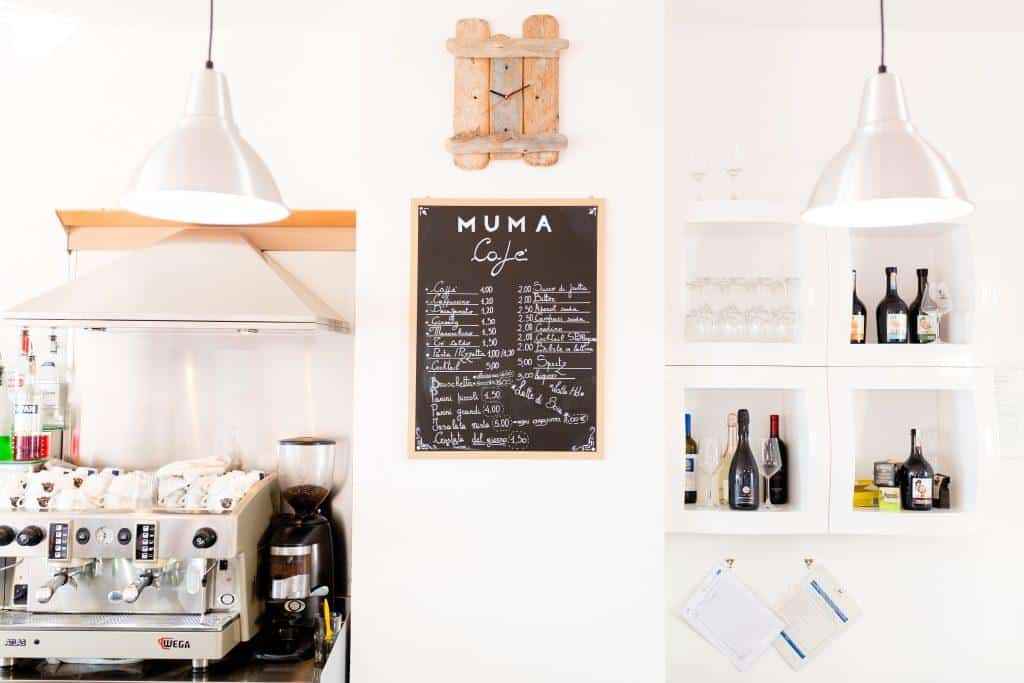
Photo by Nicola Fioravanti on Unsplash
Finally, cappuccino is typically considered a morning beverage in Italy. While you may be able to order one later in the day, you may get some looks from locals if you do, so don’t be surprised if there’s a little side-eye served on the side of your cappuccino.
Italian Coffee Brands
When it comes to coffee culture in Italy, Italian coffee brands play a significant role. The beans and blends they offer highlight what the country prefers in its coffee, and many coffee shops in Italy won’t provide anything but local brands as a result.
Additionally, coffee makes up a substantial portion of Italy’s economy. From roasting to retailing, coffee brings in billions of euros. Plus, it’s a major export, with Italy sending about one-third of what it roasts to countries like Austria, Australia, France, Germany, the United States, and more.
One of the most notable Italian coffee brands, and possibly the most popular coffee in Italy, is Lavazza. Founded in Turin in 1895 by Luigi Lavazza, the brand is still on the market today. In Italy, Lavazza is known not just for its bold flavor but also for its bold advertising. Slogans like (roughly translated in English) “Coffee is a pleasure; if it isn’t good, what pleasure is it?” and “Lavazza Coffee, the more you send it down, the more it lifts you up” are two standout examples.
Illy is another leading brand out of Italy. Initially founded by Andrea Illy (hence the brand’s name), it remains in the Illy family to this day. The company focused initially on a single blend, only adjusting the roasting to create different products. However, relatively recently, Illy branched out, offering a variety of single-origin coffees featuring beans from around the globe.
Caffè Vergnano is another leader with nearly 140 years of experience. It focuses on tradition, processing all of its coffee on-site, never outsourcing. Overall, it’s made its way into more than 80 countries and is considered a favorite by Italians as well.
Those are just a few of the leading Italian coffee brands. Like in many other countries, you can find small-batch roasters throughout the country. If you want to explore more of coffee culture in Italy, trying various brands, ranging from leaders to startups, can be a fun way to learn more about the beverage that Italians hold so dear.
Travel with us as we explore coffee culture in Cuba and Ethiopia.
